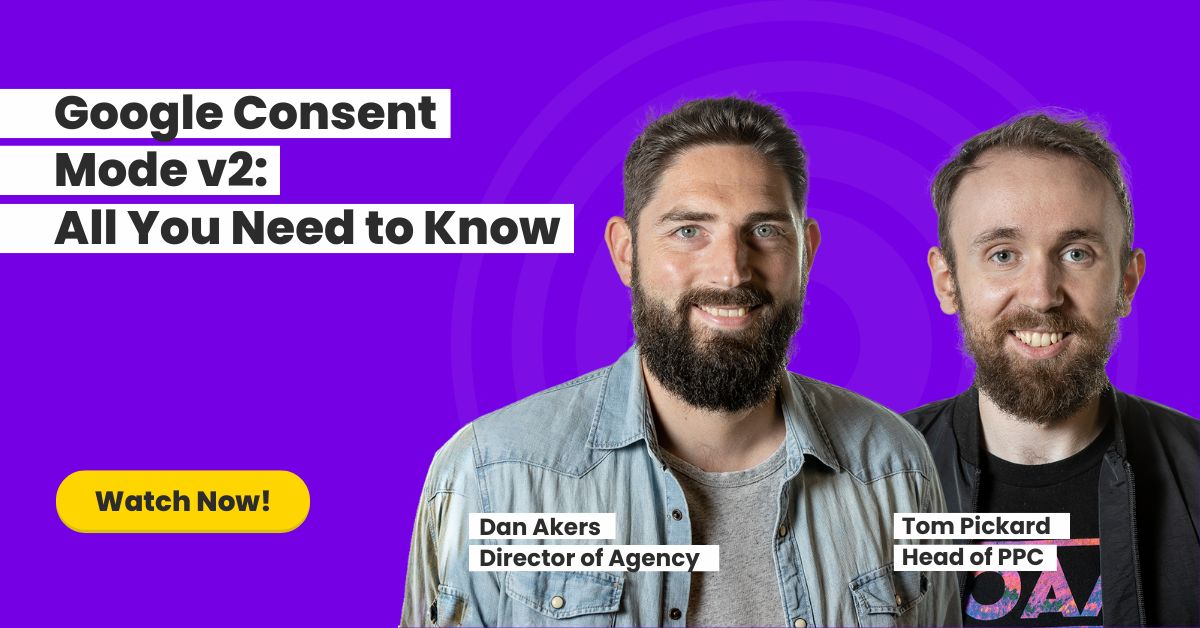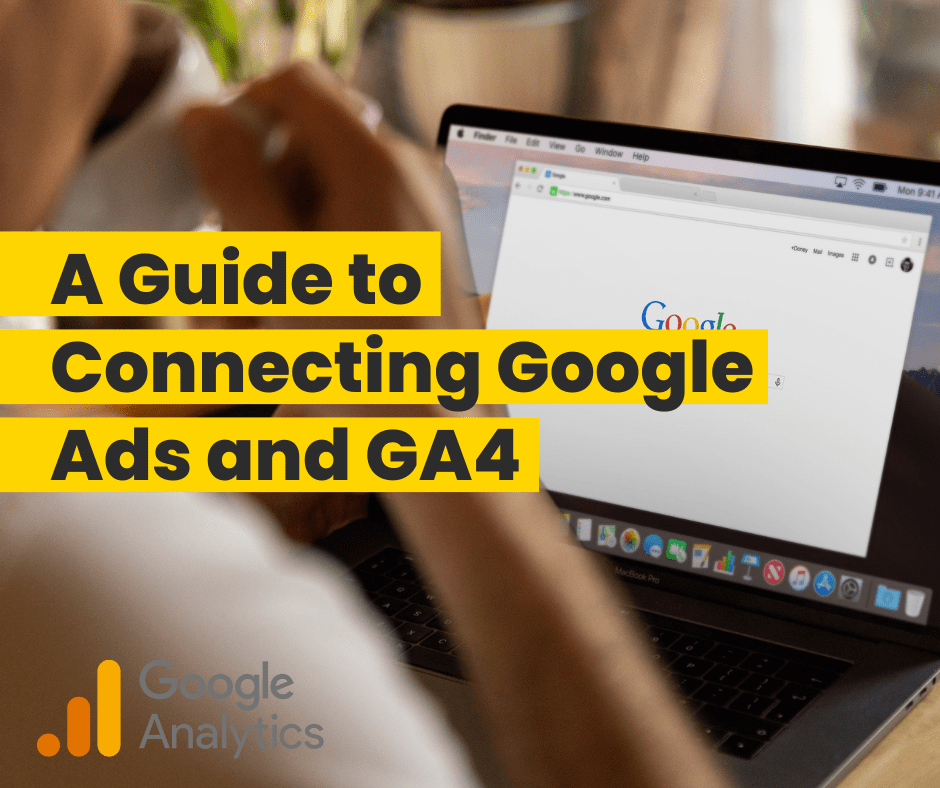One of the latest exciting features Google has released is the GA4 custom channel groups, which gives users the flexibility to create channel groups with their own rules. These custom groups are available in reports, exploration, and audience creation and can be used as both primary and secondary dimensions.
Our in-house data expert Charlie White takes a closer look at the changes to channel groupings in GA4 and how to navigate them.
Google has been making small changes that have a big impact on how you will be using GA4 going forward. One of these changes is how channel grouping works and how the channels get defined. In Universal Analytics, there was a default setup with pre-defined rules that you could edit or even create your own groupings.
In GA4, this has now been changed so you cannot edit the default channel grouping and have also given it a more robust and defined set of rules. More about these rules can be found here.
How these rules worked are all based on how the source, medium and campaigns gets defined in the UTM tracking, so it is important that you check this ahead of time so that you can get it right.
Google have also created some new default channels, which include ‘Paid Social’ and ‘Paid Shopping’ that many companied are able to use and can even easily create themselves in Universal Analytics. However, there are also some new ones which we were not expecting like ‘Cross-network’, ’SMS’ and ‘Mobile Push Notifications’ for example.
If you have migrated from Universal Analytics to GA4 and are already using UTM tracking, this may cause issues, as these strict rules could mean that traffic you expect to go to a certain channel will go elsewhere. An example of this is if ‘Shopping’ is used in the campaign name it will go to the Channel ‘Paid Shopping’ even if the source and medium are set up to go to other Channels. The reason for this is based on the order of operations.
In Universal Analytics, there was a pre-defined set of sources that defined what Organic Search is. Google has now expanded this list to cover Search, Shopping, Social etc that defines the source that you should be using, and then the medium is used to define if it is paid or organic.
A full list of these sources can be found here.
You can use the existing report that we have gone through to review referral traffic here. Or you can create a standalone report for this.
In GA4 this is not a standard report so it will need setting up, and it’s best to set this up on all the accounts you have access to.
Here’s how you can do this:
- Go to Explore
- Create a blank report
- Add the following Dimensions
- Session default channel grouping
- Session source/medium
- Add the following Metrics
- Sessions
- Any other metrics you are interested in
- Visualisation – set as table
- Set rows as
- Session default channel grouping
- Session source/medium
- Set Values as
- Sessions
- Any other metrics you are interested in
- Create a filter
- Sessions default channel grouping
- Exactly match
- Unassigned
- Sort by each of the metrics to identify the referral traffic you would like to exclude
Setting up a New Channel Grouping in GA4
If you already have UTM tracking, and don’t want to go through the hassle of making changes to all the UTM tracking that you are using, then the best option for you is to create a new channel grouping in GA4.
Here’s a step-by-step guide on how to create your own channel grouping.
- Go to Admin
- Data Settings
- Channel Groups
- Click ‘Create new channel group’
- This will open a window that has the current default rules
- Enter a new name
- The name you choose here is the name you will see in the dimensions in explore and report mode
- For example, ‘New Channel Grouping’ you would see the following new dimensions ‘New Channel Grouping’ under Attribution
- ‘Sessions New Channel Grouping’ under Traffic Sources
- ‘First User New Channel Grouping’ under Traffic Sources
- Then you can change the rules in 5 different ways
- Reorder the rules of operations
- Create a new rule
- Edit an existing rule
- Copy an existing rule and then make changes
- Delete rules that are already there
Creating your own channel groupings gives you the ability and flexibility to enhance your data insights. If you want more flexibility and better insights when it comes to your data, why not book a demo with our team to discover how our AI marketing platform Ask Bosco® can help you.




